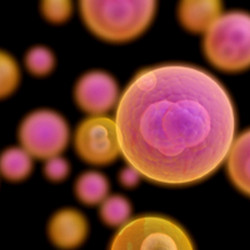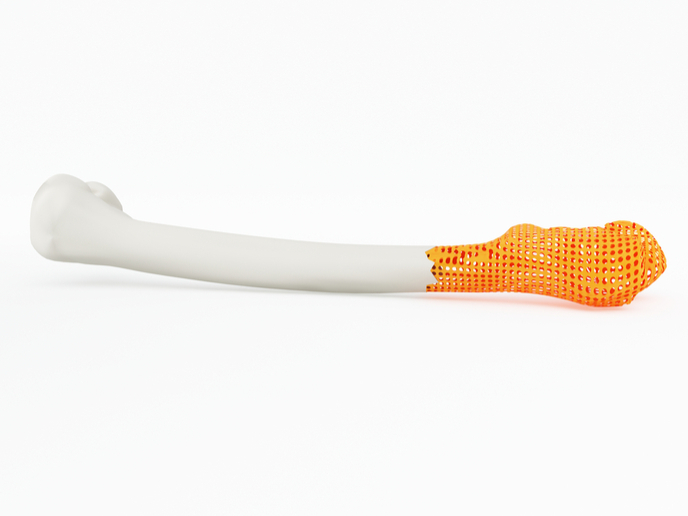Microrheology — Study of complex media
Funded by the EU, the project 'Active microrheology for probing stress transmission in complex media' (ACTIVE) employed passive and active microrheology to in vitro reconstituted cytoskeleton networks to find answers. Microrheology techniques can help determine the bulk and local properties such as viscoelasticity of a material after measuring colloidal probe particle motion in a sample. The idea was to use a minimal set of selected proteins to reconstruct the cytoskeletal network, and determine their roles and properties. In this regard, researchers needed to prepare and characterise actomyosin networks, construct optically-based active microrheology setups, and implement relevant analytical software and methodology. Researchers successfully developed a confocal imaging system with holographic optical tweezers for 3D optical trapping and imaging at the micron scale. Potential applications include fabrication of colloidal-based photonic devices, 3D active microrheology and high-throughput studies of single biological cell dynamics. Using an in vitro cytoskeletal model system, researchers studied the role of the protein myosin II in cytoskeletal network evolution, structure and dynamics. This protein is capable of facilitating self-assembly and self-organisation of the cytoskeleton through cross-linking and regulation of actin. Project members used microrheological measurements of F-actin networks to determine the non-linear response of such complex systems to perturbations. A two-fluid model was used to compare theoretical and experimental data on viscoelastic properties at the bulk and local levels for differing mesh sizes. Good correlation was found between the experimental and theoretical results in the intermediate regime response. ACTIVE tools enabled the characterisation of complex fluid structures such as biological cells. Other applications include viscoelastic measurements and rheological characterisation of complex media such as protein, polymer and surfactant formulations. This should be particularly useful for the biomedical, chemical and pharmaceutical sectors.
Keywords
Microrheology, complex media, cytoskeleton, stress transmission, viscoelasticity, colloidal, protein, actomyosin, confocal imaging, optical trapping, cell dynamics




